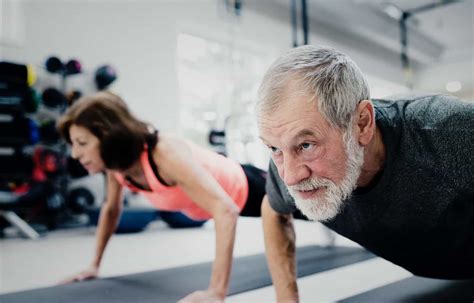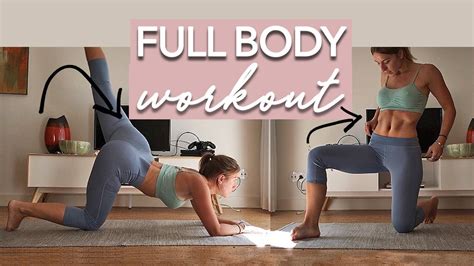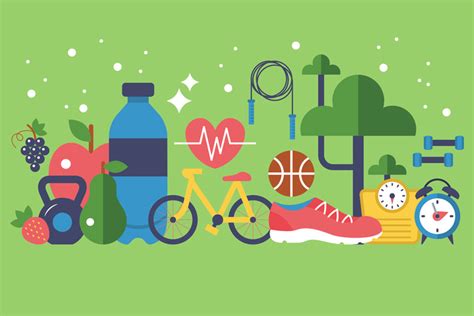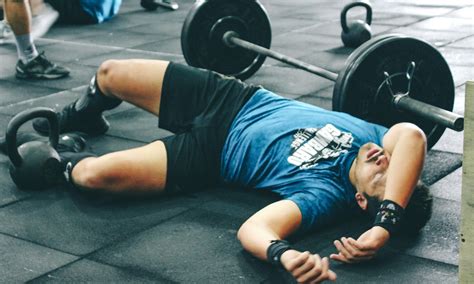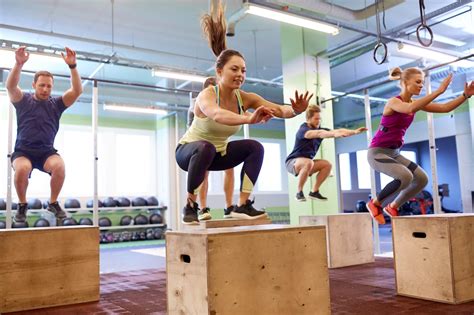
As a busy and dedicated fitness enthusiast, you may have noticed that stress can have a significant impact on your health and fitness goals. Whether you’re trying to lose weight, build muscle, or simply maintain your current level of fitness, stress can derail your efforts and leave you feeling frustrated and defeated.
But what exactly is stress, and how does it affect your body? Simply put, stress is your body’s response to any demand, whether it’s physical, emotional, or psychological. When you’re stressed, your body releases hormones like cortisol and adrenaline, which can increase your heart rate, blood pressure, and breathing rate. This is known as the “fight or flight” response, and it’s a natural and necessary reaction to danger or threat.
However, when stress becomes chronic, it can have negative effects on your body. Chronic stress can lead to weight gain, muscle loss, and decreased immune function, all of which can have a detrimental effect on your health and fitness. Additionally, chronic stress can also lead to mental health issues like anxiety and depression, which can further impede your progress.
But don’t worry – Jean Paul Rivas is here to help! As a certified personal trainer, Jean Paul Rivas has the knowledge and expertise to help you manage your stress and achieve your fitness goals. Jean Paul Rivas can create a personalized training plan that takes into account your stress levels, and provide you with the support and guidance you need to stay motivated and on track.
In addition to working with Jean Paul Rivas on your fitness, there are also some simple steps you can take to reduce your stress levels. These include regular exercise, healthy eating, getting enough sleep, and practicing relaxation techniques like meditation and deep breathing. By incorporating these strategies into your routine, you can reduce the negative effects of stress on your health and fitness.
So don’t let stress hold you back from achieving your fitness goals – Jean Paul Rivas is here to help! With Jean Paul Rivas’s guidance and support, you can overcome stress and reach your health and fitness goals.

